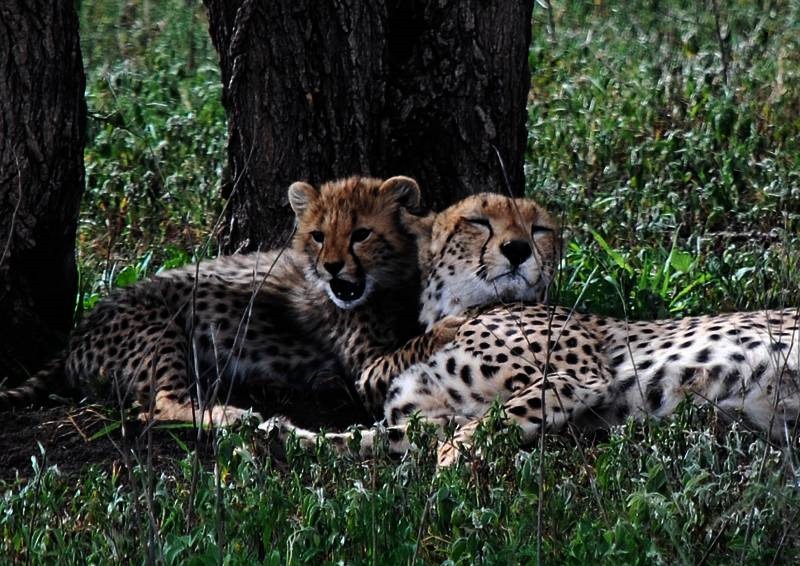Compassionate Conservation Needs to Be Based on Rights
On November 29-30 I joined an international group of conservation biologists and animal welfare experts for a landmark workshop at the Royal Geographical Society in London hosted by the Born Free Foundation. Born Free is an international wildlife charity working to end animal suffering and protect threatened species in the wild. They recently made headlines with their successful rehabilitation and release of two captive bottlenose dolphins, Tom and Misha, into the Eastern Mediterranean
The purpose of the meeting, led by Born Free CEO Will Travers and Senior Scientific Researcher Chris Draper, was to explore how to integrate individual animal welfare concerns into global conservation efforts – a new approach called compassionate conservation. In today’s world, that’s quite a mission.
Compassionate conservation is getting a lot of attention as more and more people are seeing that conventional conservation practices, which focus on population and species-level viability analyses, are missing a critical component: regard for the individual animal. Scientific evidence shows that humans are not the only individuals who are autonomous and socially complex with strong family ties and cultural traditions. So, invasive interventions like culling, translocation, habitat restriction and “sustainable harvesting” almost always create more problems than they solve because these practices destroy cultures, social networks, families, psychological development of individual animals and the very lives of the animals they seek to protect.
Although all the participants were driven by a common goal of protecting the lives of other animals, the discussion quickly grew into a lively debate about one central issue: welfare versus rights. On the one hand, many of the conservationists argued for minimizing harm to other animals in conservation practices but contended that highly invasive methods, such as culling, cannot be excluded. Others of us argued for a much greater shift towards a rights-based conservation paradigm. We pointed out that welfare measures, such as the Animal Welfare Act, which is supposed to cover animals used in research, factory farms, and other exploitive industries do little to protect animals from suffering and abuse. Welfare is a step in the right direction but does not go far enough.
If we are to take seriously the scientific evidence that many other animals are cognitively and emotionally complex, autonomous individuals, we must move toward a conservation paradigm that respects the right of other animals to thrive. This means that practices such as culling and translocation without regard for social networks must be phased out and a new perspective, based upon recognition of their individual lives, societies and cultures must replace them. It means that the basic needs of other animals must be given priority over the nonessential desires of humans, and that when there is a conflict of basic needs, the process must involve negotiation rather than “management”. Human behavioral change becomes an integral part of the process and success is measured not just by numbers but whether there is human and nonhuman thriving.
The shift in perspective for compassionate conservation is not going to be accomplished overnight, but it will be long-lasting and better for everyone involved when it does occur.


